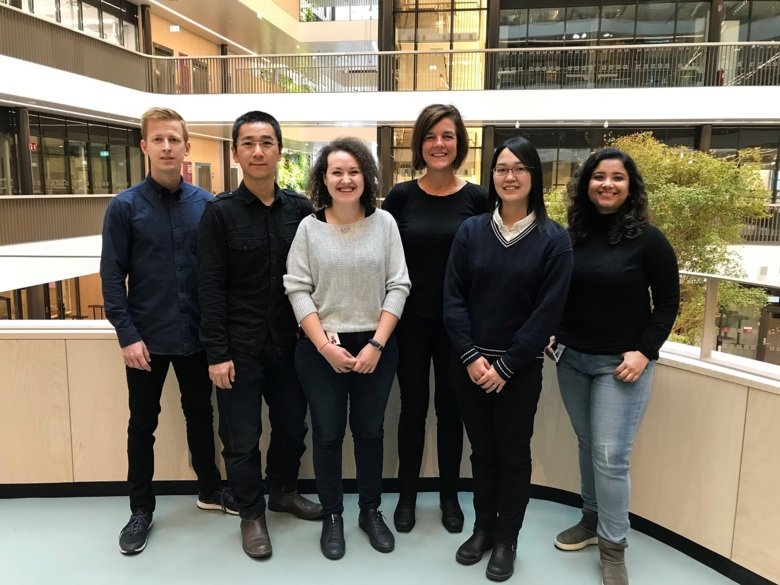Unexpected finding on the 3D organization of chromosomes

New findings reveal an advanced, unexpected two-way communication between the function and organization of chromosomes in the cell nucleus. Previous research shows that the organization of chromosomal DNA into loops regulates gene reading (transcription) and chromosome copying (replication). The new results show that, in turn, transcription and replication control chromosome looping, thus revealing a new interplay known to be important in avoiding diseases, such as cancer.
Researchers at the Department of Biosciences and Nutrition and the Department of Cell and Molecular Biology, at Karolinska Institutet, have in a new study in Science Advances, shown that the three-dimensional organization of chromosomes in the cell nucleus is governed by mechanisms that reads genes (transcription) and copies chromosomes (replication). They do this by limiting the progress of a protein complex called cohesin, which slides along the chromosomal DNA, folding it into loops. These findings are essential for understanding the function of a healthy cell. They are also relevant in a medical perspective since folding is essential for several cellular processes that protect chromosomes against disease-promoting aberrations.

"Our findings of this two-way communication open for new perspectives of chromosome organization and the role of cohesin in genome function and stability," says Professor Camilla Björkegren, who together with Kristian Jeppsson are corresponding authors of the publication.
The study was performed using yeast as a model, and with advanced DNA sequencing-based analysis of chromosome interactions, so-called Hi-C analysis. It has long been known that the basic principles of chromosome organization and function are largely identical in the yeast-human comparison.
The next step for the researchers will be to include the structure of the DNA helix in the analysis, as preliminary results indicate that the effect of the reading and copying mechanisms on chromosome loop formation is transmitted via structural alterations in the double helix. If these results stand up to the extended analysis, they would indicate that the basis for chromosomes 3D-organization can be found in the spiral structure of DNA.
Publication
Cohesin-dependent chromosome loop extrusion is limited by transcription and stalled replication forks.
Jeppsson K, Sakata T, Nakato R, Milanova S, Shirahige K, Björkegren C
Sci Adv 2022 Jun;8(23):eabn7063
